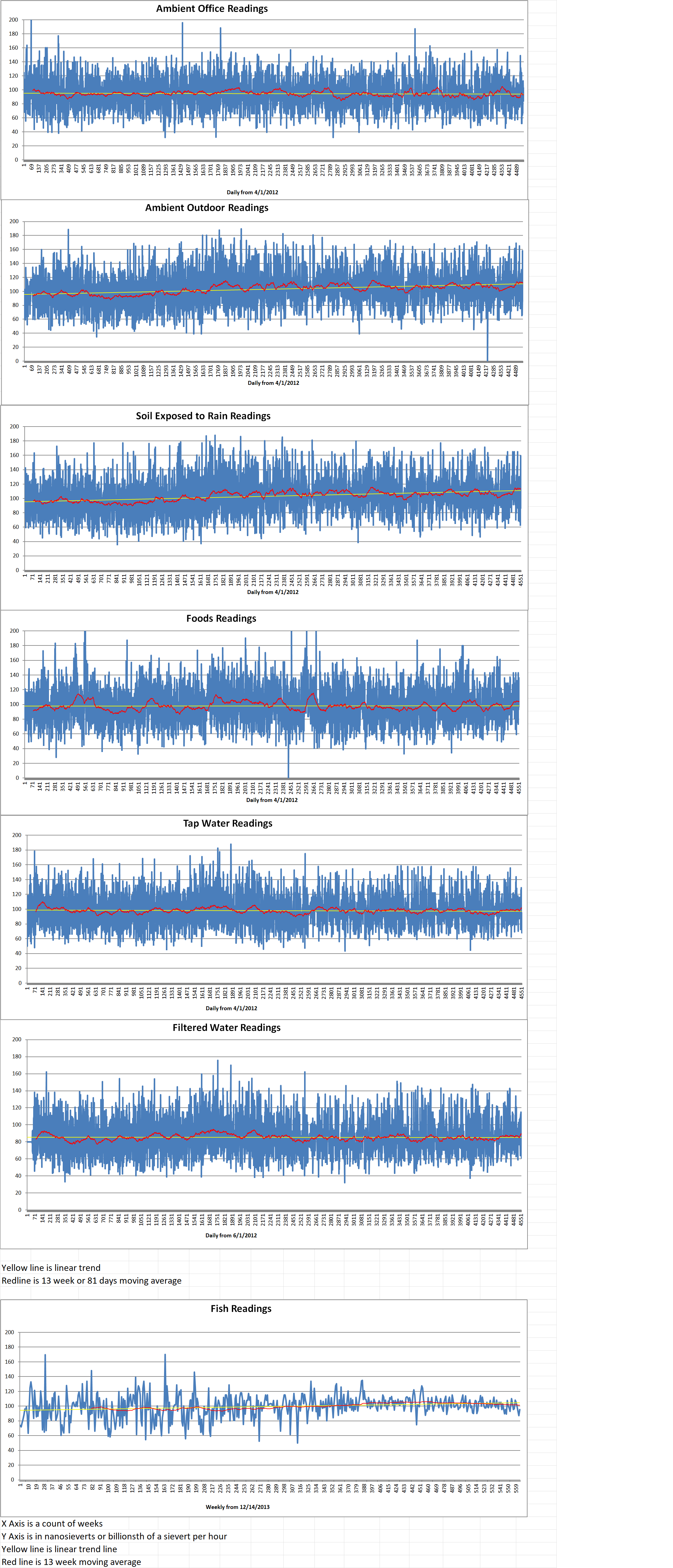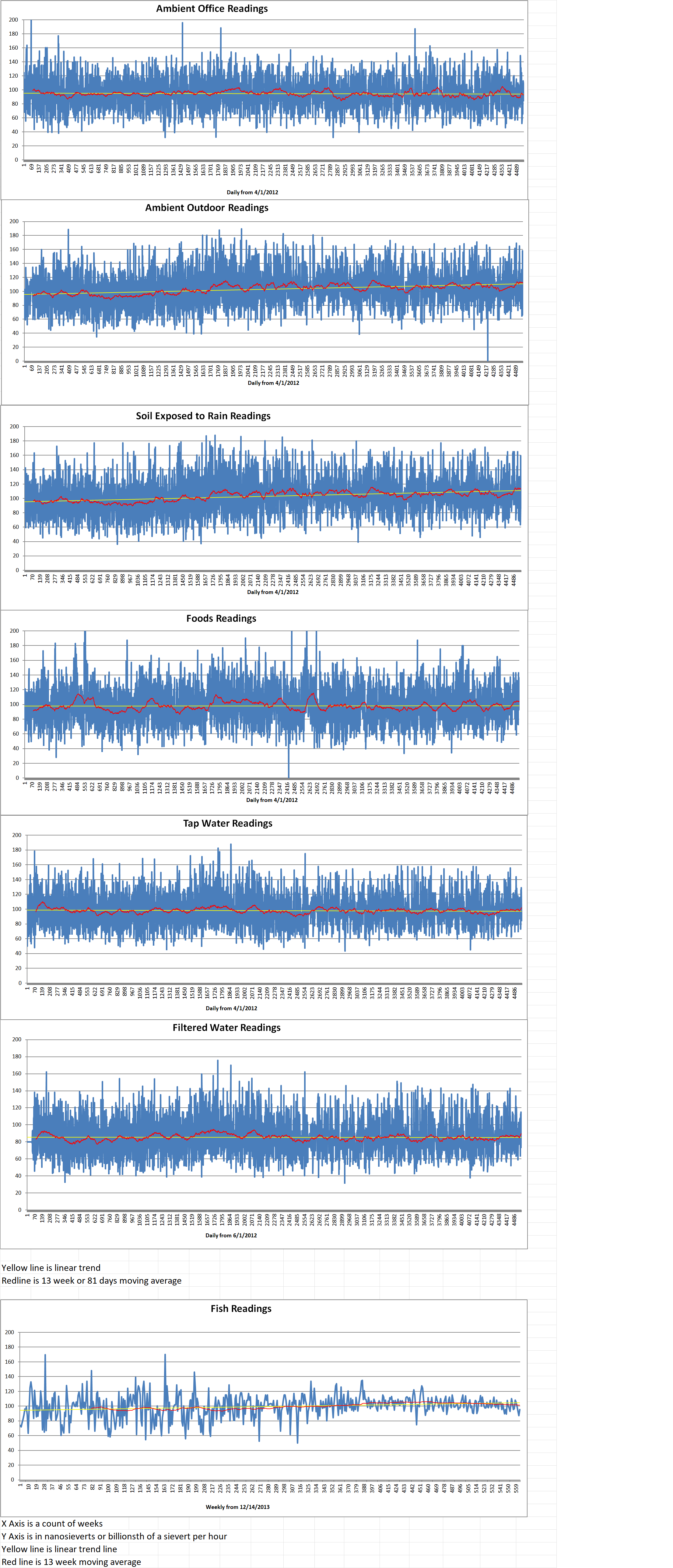General Matter (GM) says it will use a novel, scalable, cost-competitive technology to address a ‘commercial bottleneck’ in the U.S. nuclear fuel cycle and that it will be shipping enriched uranium by the end of the decade.
GM was one of four companies selected in October of 2024 by the U.S. Department of Energy (DoE) to provide enrichment services to help establish a steady U.S. supply of high-assay low-enriched uranium (HALEU). According to information available at the time, the company was registered in California earlier in the year, with Scott Nolan named as its CEO. Nolan is a former SpaceX employee who is a partner at venture capital firm Founders Fund which was co-founded by billionaire investor Peter Thiel.
On the 14th of April, the company announced itself on social media. It posted on X that “For the past year, General Matter has been incubated within Founders Fund, with a team from SpaceX, Tesla, Anduril, national labs, and the DOD. We are undertaking an engineering challenge which, if successful, will fundamentally improve the trajectory of our nation.”
Nolan said, “I spent over a year at Founders Fund searching for an American enrichment company to invest in, only to find there wasn’t one. So we built our own. General Matter is filling the US nuclear fuel gap. We are enriching uranium in America, and we will be shipping by the end of the decade”.
On the same day, Bloomberg reported that Peter Thiel is joining the board of GM. According to Bloomberg, the company has “built up a small operation in Los Angeles of roughly two dozen engineers, nuclear scientists and safety experts, pulling staff from national labs and the private sector.”
GM has not provided any details of its process for enriching uranium, but on the 2nd of December last year, Nolan submitted a Letter of Intent to the U.S. Nuclear Regulatory Commission (NRC) in anticipation of a “forthcoming application for the necessary licenses to support the production and handling of High-Assay, Low-Enriched Uranium (HALEU)”.
The letter notes that “General Matter has been awarded an Indefinite Delivery/Indefinite Quantity (IDIQ) contract by the Department of Energy’s Office of Nuclear Energy (DOE-NE) under Solicitation No. 89243223RNE000031. This award specifically supports the DOE-NE’s strategic objectives of securing a domestic supply chain of HALEU to support the continued development of advanced reactors and to strengthen US leadership in nuclear technology. As a DOE-NE HALEU IDIQ awardee, General Matter’s anticipated scope of responsibility under future task orders includes the enrichment, storage, and transportation of HALEU. These operations are critical to meeting the growing demand for enriched uranium necessary to support both domestic and international markets, with an emphasis on maintaining safety and security standards.”
HALEU contains between five and 20 percent of fissile uranium-235 and will be required to meet the fuel needs of many of the advanced reactor designs that are currently being developed.
Information submitted to the NRC with the Letter of Intent is classed as ‘proprietary and confidential’, with the company saying, “Years of cumulative effort have gone into the work supporting this content, and given the innovative and differentiated insights generated by the work, others would need to expend great effort to duplicate the information. This information cannot be acquired elsewhere.”






